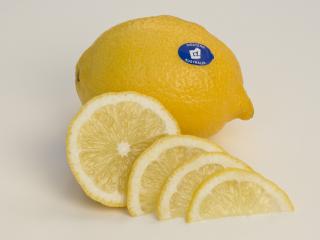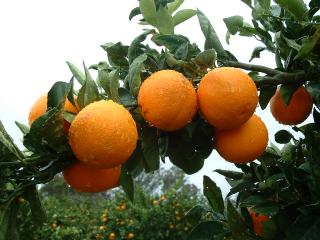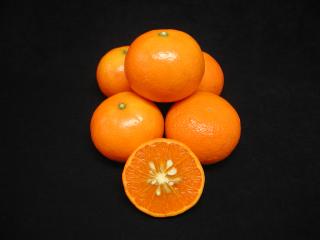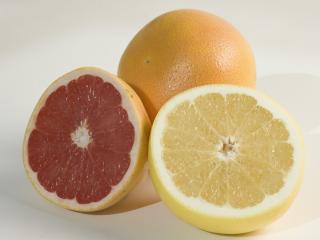The poor, sandy soils of the Perth coastal plain often lead to disappointment for the gardener. Improving soil conditions and ensuring trees get the correct amount of water, trace element sprays and fertiliser will lead to greater success. Citrus do not like frost and special care needs to be taken in frost prone areas.
Varieties
Lemons, mandarins, oranges, grapefruit, tangelos, limes and cumquats can all be successfully grown in south west Western Australia as long as the correct variety is selected.
Lemon
Lemon varieties commonly grown are Eureka, Lisbon and Meyer. Eureka is heavy-bearing, fruits over a long period and has fewer thorns than other varieties. Libson also yields heavily but has the disadvantage of being thorny and only crops in winter and spring. The Meyer lemon has a mild, less acidic flavour and smoother skin but does not bear summer crops.
Orange
There are a large range of navel orange varieties which have fruit harvested from late May through to November. Early varieties include Navelina and Newhall, mid season varieties include Washington, Cara Cara (red fleshed variety) and Atwood. Late varieties include Late Lane, Chislett and Powell. All navel varieties are seedless but their shape can vary from oval to round. Valencia oranges will also grow well and will produce sweet fruit through the summer period. Seedless varieties of Valencia orange such as Midknight and Delta are also available.
Mandarin
Mandarin varieties worth trying include Imperial, Daisy, Hickson, Afourer, Mystique and Murcott. Imperial and Daisy bear from May to July, Hicksons from July to August, Afourer from August to September and Mystique and Murcott from September to October. Imperial, Hickson and Afourer are easy to peel while Mystique is a mandarin orange cross which is large and juicy with a tighter skin. Thin skinned mandarin varieties are particularly susceptible to Mediterranean fruit fly and control of this pest is essential for a successful crop.
Grapefruit
Grapefruit varieties include Marsh (white fleshed), Rio Red and Star Ruby (red fleshed). The red fleshed varieties will be sweeter and have better colour in warmer areas such as Kununurra and Carnarvon. In Perth fruit needs to hang on the tree until at least September/October to develop a good flavour.
Tangelos
Tangelos are mandarin-grapefruit crosses which produce attractive trees that give good crops of flavoursome fruit from July to October. Good varieties are Minneola and Orlando.
Lime
The best variety of lime to grow in the Perth region is the Persian or Tahitian lime. This lime is seedless and far more cold tolerant than the West Indian lime. There are also a range of native limes and native lime hybrids available. Some varieties are thorny and their small fruits vary in colour and shape.
Cumquat
A number of different cumquats are available including Nagami and Marumi. These are small, round or oval in shape, and usually orange in colour. They are prolific bearers that make excellent marmalade and preserves.
Multi graft and dwarf
Multi grafted trees with more than one variety or citrus type on the same tree are sometimes available. These trees have the advantage of providing a range of fruits from a single tree but need careful pruning and training to prevent one variety or citrus type from “taking over” from the others.
Most citrus are available on 'Flying Dragon' dwarfing rootstock which creates trees that grow to about half the size of conventional citrus trees with full sized fruit.





